Subcultures to put on your watchlist
Subcultures haven’t disappeared, they’ve gone digital. They now form in online spaces, move through niche internet communities, and shape culture before most brands even notice.
Scroll through your feed, and you will see aesthetics cycle in and out of relevance before they even settle. Indie Sleaze, Coquette, Eclectic Grandpa—each one optimized for virality, instantly commodified, and gone before it can mean anything real. This is a trend cycle at algorithmic speed, where what spreads fastest is not depth but volume, spectacle, and debate. There is even an Aesthetics Wiki, documenting micro-trends as they rise and fall.
In this landscape, it is easy to conflate trends, aesthetics, subcultures, and culture itself. But these are not the same thing. Trends are fast-moving surface shifts. Aesthetics are the visual language of identity. Subcultures run deeper, shaping how people think, create, and connect. Culture is the broader ecosystem where all of these forces interact.
So does this rapid churn of trends mean that subcultures are dead? Not even close. To understand where culture is actually being built, we need to look beyond passing aesthetics and into the subcultures shaping how people define themselves today.
Subcultures vs Trends
Trends move fast. They spike in engagement, go viral, and disappear just as quickly. Many of them are driven by social media algorithms, optimized for spectacle rather than depth. A trend might change how people dress or what they consume, but it rarely shifts how they think, create, or connect.
Subcultures work differently. Instead of being surface-level aesthetics, they shape identity, creativity, and community over time. They are built around shared values and behaviors, not just viral moments. A trend might be a fleeting look or a short-lived aesthetic, but a subculture is an ecosystem that evolves, adapts, and influences broader culture in lasting ways.
Subcultures were originally born as countercultures, pushing back against the mainstream through distinct music, fashion, and ideology. Once, subcultures were easy to spot. They had fashion codes, sounds, and physical spaces. London’s punk scene in the seventies, Tokyo’s Harajuku kids in the nineties, and New York’s skateboard crews in the early 2000s all had distinct identities. You could walk through a city and know exactly who belonged to what.
But with 91 percent of Gen Z saying there is no longer a single mainstream culture, subcultures are no longer a rebellion. They are the culture itself, forming in digital spaces where niche communities hold more influence than mass appeal. There’s no dividing line between mainstream culture and niche online subcultures anymore, because subcultures ARE where culture is driven.
Subcultures to put on your radar now
Subcultures used to be easy to recognize. They came with uniforms, soundtracks, and physical spaces. But in today’s digital world, those clear markers have faded. Instead, subcultures form through shared humor, niche references, aesthetic remixing, and how people interact with platforms like TikTok, Discord, or Reddit. They don’t follow fixed rules or loud declarations. They move and shift like moods. What starts as a niche aesthetic with a few thousand followers can quietly shape the next wave of mainstream culture.
1. The New Running Class
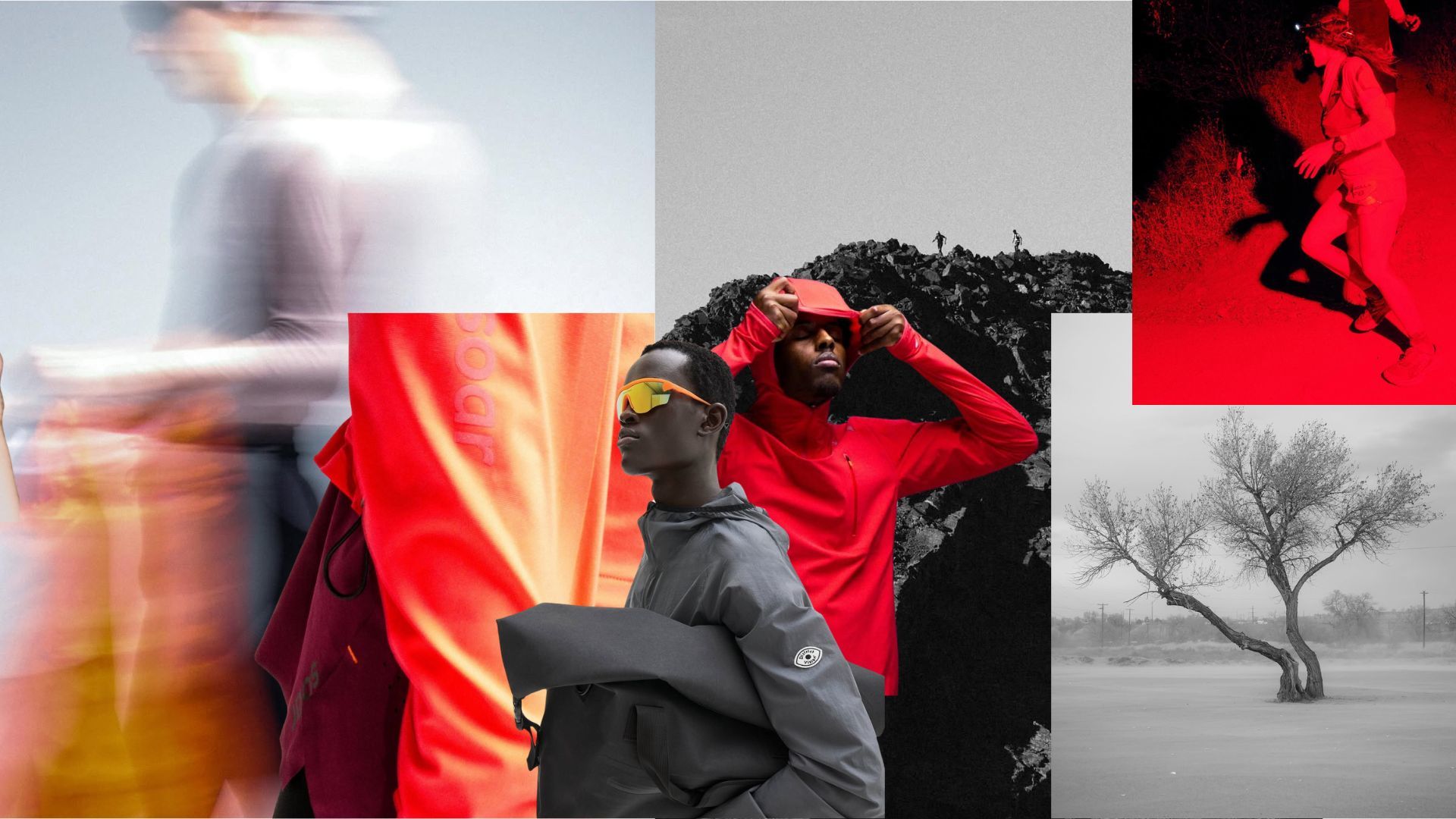
Think flash-lit running gear styled like streetwear editorials, neon overpasses, close-ups of hydration belts and tattoos, motion blur stills of runners weaving through city traffic, post-run stillness: foggy breath, sweat-dripped gear, tech in soft focus.
Running is no longer a solo sport. It’s a social ritual, a flex, a fashion lane. From Paris to Tokyo, creative circles are lacing up in limited-edition trail runners, tracking heart rate like horoscopes, and clocking sunrise miles before client calls. This isn’t couch-to-5K, it’s pace as personality. Less Gatorade, more technical outdoor gear. Less gym-rat, more quiet power. The new running class wears wraparound shades, journals their running stats, and runs with a crew that feels like a scene.
Why now
Running is the new wellness status symbol: low-key, data-driven, and community-coded. As gymfluencers peak, running offers something real: solo clarity meets squad culture. Performance gear has gone cult. Niche brands are leading with design, philosophy, and underground heat. Urban run crews feel like collectives. They are part podcast circle, part archive-core shoot, part speed cult.
Subculture signals
- Satisfy Running, District Vision redefining intersection of fashion, mindfulness and running
- Norda, Soar, Ciele pushing function through the lens of hype
- Tracksmith x Fashion Week pop-ups
- On Running x Loewe proving this is luxury’s next sport
- TikTok: “run fit check,” 6am loops with lo-fi edits, runners geotagging cafes post-sprint
2. Lo-Fi Reverie (Analog Dreams in a Digital Age)
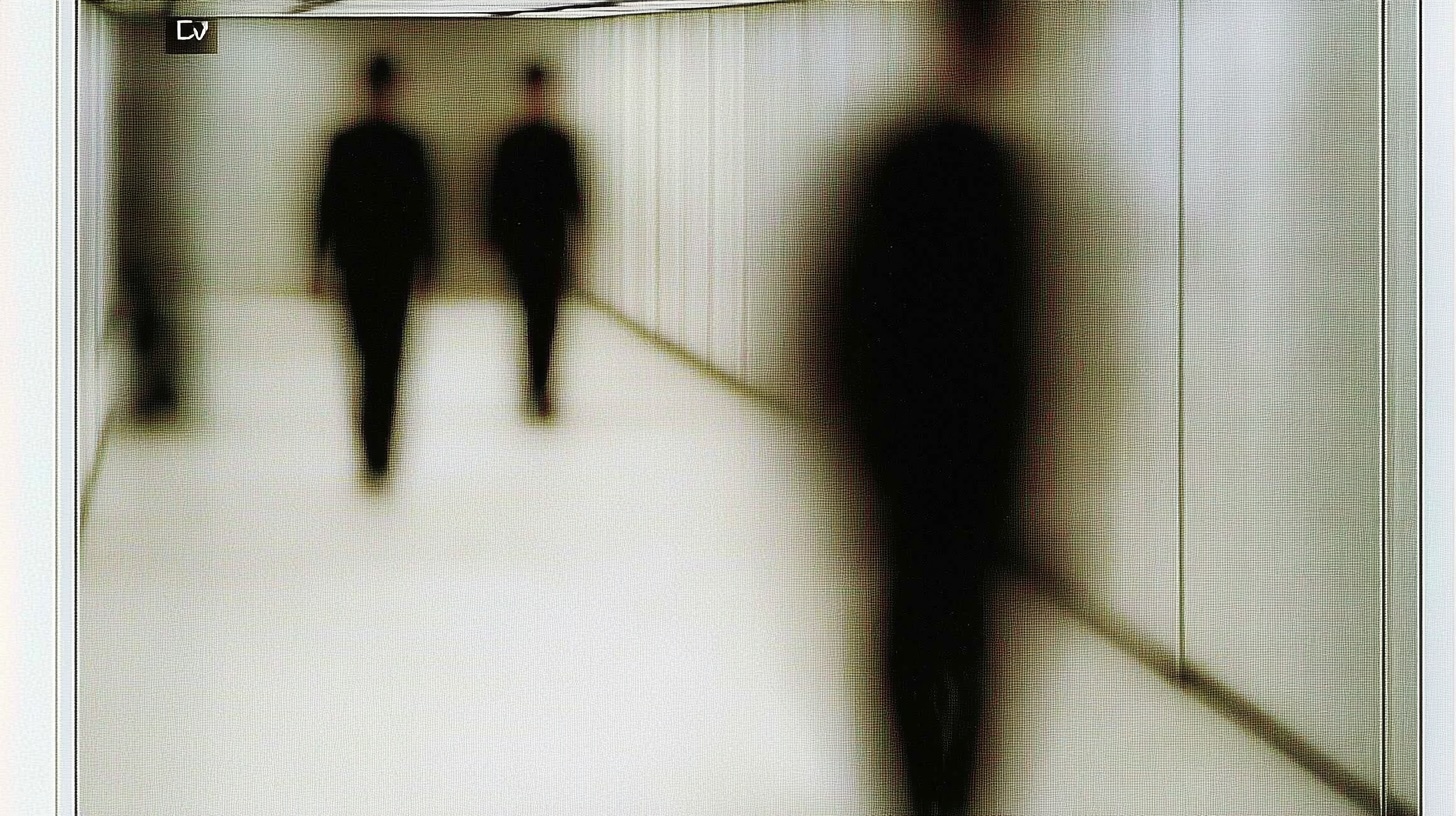
Think VHS overlays, Tumblr-era photo dumps, warped camcorder footage, 90s fonts, thrifted headphones, Walkman shoots, lo-fi beats playing over skate videos, and glitchy moodboard aesthetics that feel like digital memory fragments. The mood of a 1997 desktop at 3 a.m.
There’s a softness returning to the internet. Not in tone, but in texture. Welcome to Lo-Fi Reverie, a subculture where Gen Z and Gen Alpha are remixing the static of the past into a dreamy new aesthetic. Lo-Fi is not about irony, it’s about intimacy. It turns down the resolution to turn up the feeling. Now restyled for 2025, this aesthetic brings together fashion, tech, music, and motion in a way that feels both deeply nostalgic and entirely new. It’s post-digital softness. Analog dreams for a screen-burned generation.
Why now
After years of hyper-sharp AI visuals and ultra-slick branding, Gen Z is craving imperfection. The pixel has soul. The blur feels honest. Lo-Fi cuts through the noise of high-res overload with an aesthetic that feels human again.
Subculture signals
- VHS and camcorder-style TikToks gaining traction in fashion and music videos
- Gen Z curators collecting retro tech products, uploading aestheticized 90s YouTube edits and lo-fi mixtapes
- Acne Studios, Heavn by Marc Jacobs, and Balenciaga playing with degraded texture and visual memory
- Desktop-core and early Mac OS nostalgia on Reddit and archive Instagram accounts
- Models shot on webcams, Polaroids, or glitchy screen recordings
3. Hyper-Niche Sneaker Alchemy
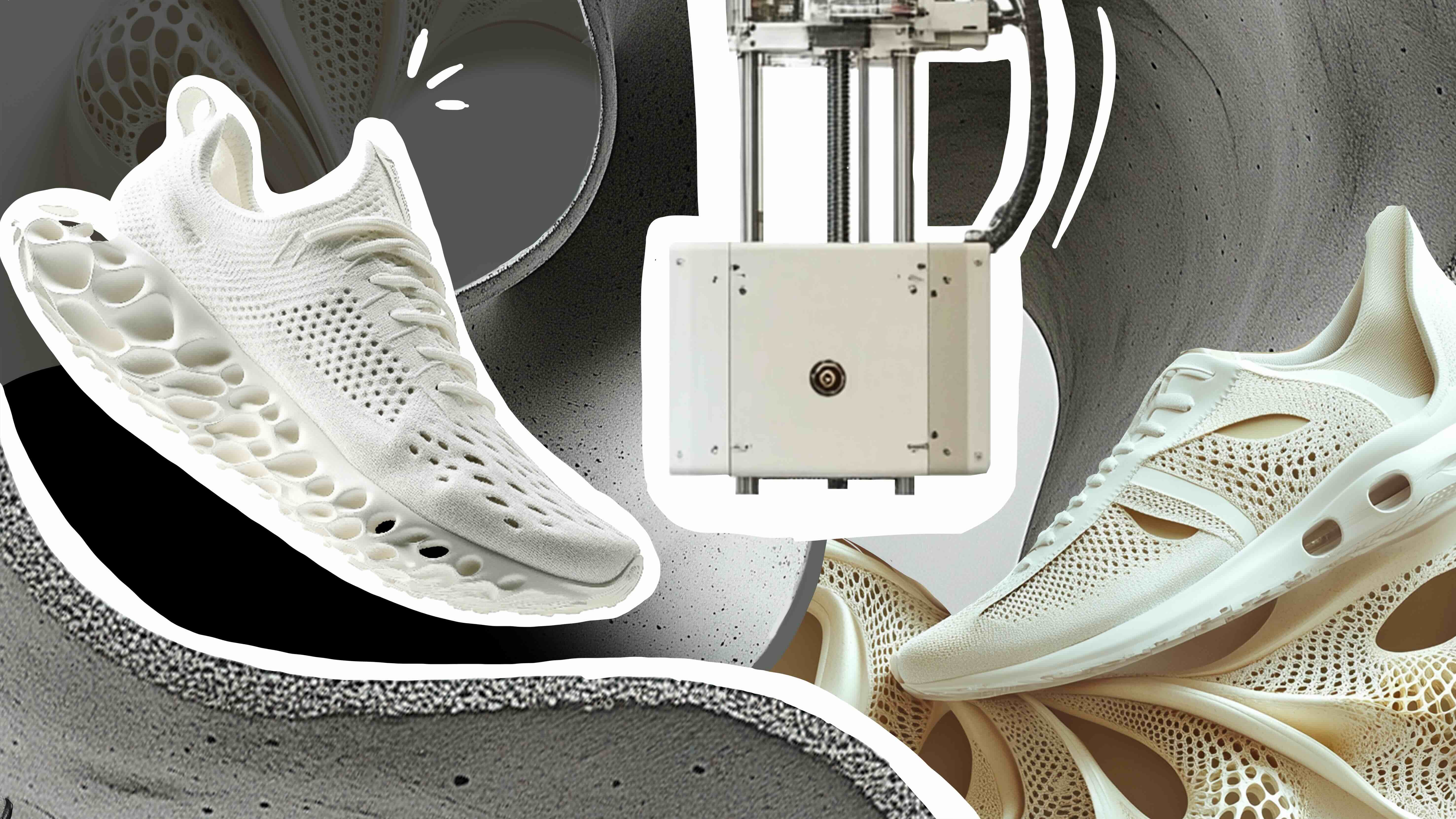
Think hyper-detailed sneaker closeups, VHS glitch style edits, low-light 'underground lab' content. Macro lens shots of textures, zoomed-in laces, microscopic sole detail, glitch-style videos, surveillance-style reveal trailers.
Forget hype drops and resale madness. The most interesting corner of sneaker culture in 2025 lives underground, in Discord servers, Telegram groups, private forums, and group chats with coded invites. This is not about mass culture. It is about obsession, ritual, and micro-community. At the center of it all? Obsessive creators designing one-pair customs, 3D-printing soles in their bedrooms, and releasing AI-generated colorways that disappear before the feed can catch up. Some drops happen only through QR codes passed around at secret events. Some pairs are known only to those who know where to look.
Why now
Hype culture is fading. People are no longer chasing what is loud, they are hunting what is hidden. In this new ecosystem, value comes from the story behind the shoe, the code needed to unlock it, or the fact that it was designed by a kid on Reddit who has never even been on Instagram. In 2025, ultra-niche sneaker collabs have become their own form of cultural currency. These aren’t just limited editions, they’re artifacts. And for brands, this opens a new creative lane: one where access is earned, not broadcast. Think collabs with design collectives no one has heard of — yet.
Subculture signals
- Customization artists on TikTok & Reddit
- Curators on Instagram like @hidden.ny, archive Twitter
- The return of forums (yes, again) — think ISS-style sneaker nerdism
- Private Discord servers for sneaker drops and custom mods
- 3D-printed sneakers, AI-generated colorways, one-pair drops
- Footwear designers like Salehe Bembury or Nicole McLaughlin
- ComplexCon becoming more like Basel
4. New Western (Cowboy Redux)
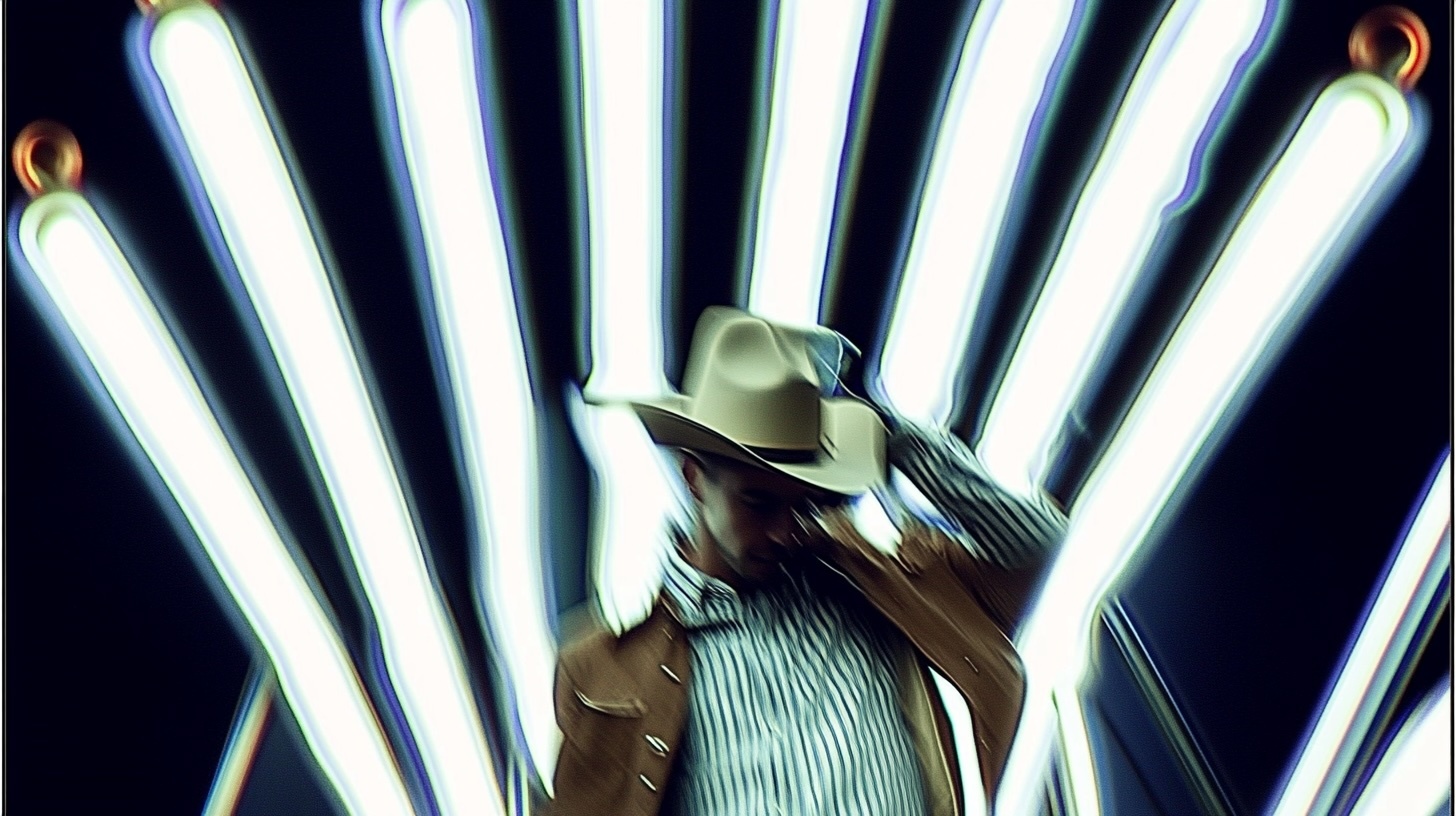
Think sand-swept motion shoots, cowboy hats under chrome visors, neon rodeo arenas, fringe jackets in slow-mo, dramatic horizon drone shots à la "Dune meets Marlboro".
There’s a new kind of cowboy on the horizon. He is not riding into town on tradition. He is arriving on a sun-bleached desert highway, wearing Y2K cowboy boots, reflective sunglasses, and a vintage rodeo jacket restyled for a festival crowd. This is New Western where Americana meets high fashion, and the cowboy myth is filtered through futurism, grit, and cinematic styling. It is not about country clichés. It is about remixing the West into something surreal, self-aware, and deeply aesthetic.
Why now
Fashion has always flirted with the West, but 2025 hits different. What’s happening now is less Marlboro Man, more Marlboro Man re-edited through an AI lens with Beyoncé’s Cowboy Carter tour on the moodboard. Gen Z has taken the mythos of the open road, the cowboy bar, and the wide sky and turned it into something hyper-stylized, nostalgic, and completely Instagrammable.
Subculture signals
- Beyoncé's Cowboy Carter 2025 Tour inspiring 2025 fashion
- MyTheresa x Pucci's 2025 Austin motel party
- Louis Vuitton's Menswear FW 2024 show
- Western themed Cowboy bars going global (Copenhagen, Seoul, Paris)
- TikTok line dancing
- K-pop’s cowboy moment
- Cowboy-themed travel destinations
5. Retro-Future Femme (Hyper-Feminine x Speed)
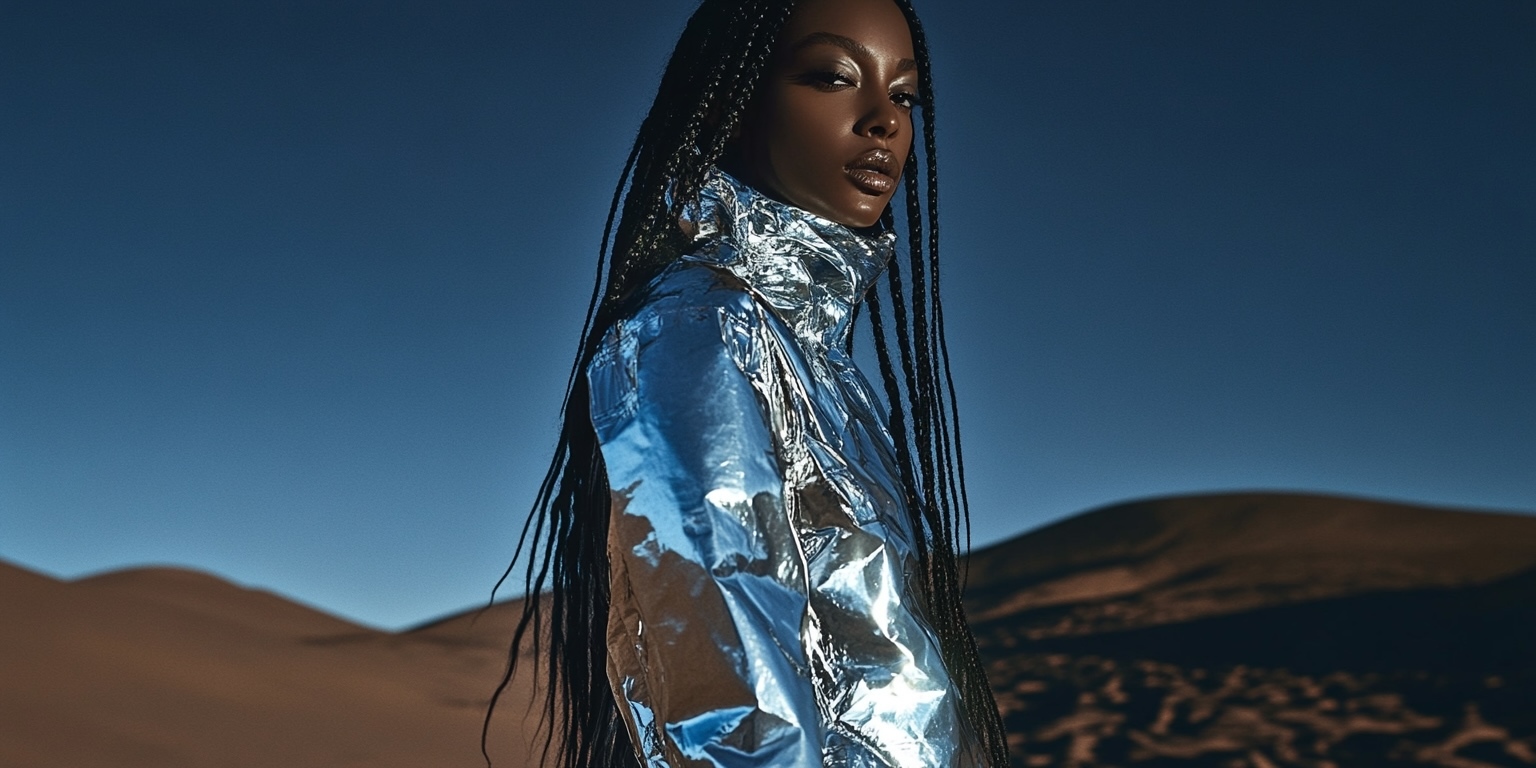
Think space-age bodysuits, wind machines, track-side beauty looks, chrome nails, bubblegum-meets-steel color palette, driving gloves as accessories.
Futurism is getting feminine. This isn’t about sterile tech or cold metallics, it’s about chrome curves, iridescent textures, and cyber-siren energy. Think Prada spacesuits, slick racing silhouettes, and Y2K shimmer reimagined through the female gaze. It’s a visual future built for speed, but dressed in shine, softness, and intent. Shiny leathers, racer stripes, Porsche Taycan as a female icon? Yes.
Why now
There’s a new wave of unapologetic femininity, sensual, fast, stylish, claiming space in motorsport and tech. It’s hot, fast, and confident. Retro-Future Femme is more than just an aesthetic, it’s a cultural statement about reclaiming space in traditionally male-dominated industries like motorsport and tech.
Subculture signals
- Miley in Mugler, Coperni, and early 2000s sci-fi cinema
- Racing jumpsuits, PVC, metallic catsuits on TikTok edits
- Motorsport-core via Balenciaga
- Pop girls like Rosé and Dua Lipain hyper-glossy campaign work
- F1 TikTok girlies and the female F1 podcasters
Embrace constant flux to remain relevant
Mainstream marketing strategies no longer work in hyper fragmented digital spaces. Brands need to earn their place within communities rather than broadcasting from the outside. That means partnering with niche creators, embedding themselves in conversations organically, and understanding subcultures from the inside out rather than treating them as marketing demographics.
This is not about abandoning brand strategy, it is about evolving it for an era where influence moves at the speed of culture. The brands that succeed will be the ones that listen, adapt, and co-create alongside the subcultures shaping the future.

